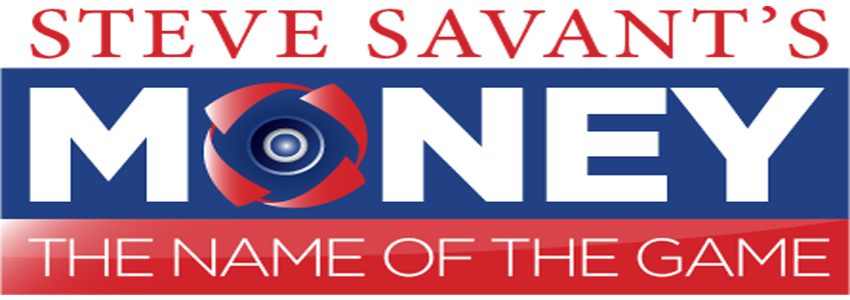 Mesa 1/11/2019 10:00:00 AM
Mesa 1/11/2019 10:00:00 AM
News / Finance
Correlating Retirement Planning
Seniors Have No Plan or An Uncorrelated Plan for Retirement

The first step is analyzing the sources of retirement income you can anticipate, how much you can expect these sources to provide, and the changes—if any— you should consider making in the way you’re investing and managing your money.
As you transition from work to retirement, you may want to rethink your approach to asset allocation, or the percentages of your investment portfolio you assign to different asset classes. Since your taxable and tax-deferred investments are held in different accounts, you may—like many people—have been allocating them separately, rather than as components of a single portfolio. That may work fine. But rather than owning several assets classes in each type of account to help manage risk, you may want to concentrate certain types of investments in your taxable accounts and other types in your tax-deferred or tax-free Roth accounts. So, for example, instead of owning equity, debt, and some alternative investments in both retirement and nonretirement accounts, you may want to emphasize equities in one and bonds and cash in another. Among the factors you’ll want to consider in making these choices are how any earnings will be taxed, whether withdrawals are required, and the rates at which assets have the potential to grow.
Making the leap from deciding to take retirement income to putting that decision into action can be nerve- wracking. That’s because the choices you make can mean a major difference in the way you live—sometimes for 30 years or more. And putting off decisions often seems easier than making them. Realistically, though, you improve your chances of achieving the best results when you determine the income you’ll need, weigh various ways it can be provided, and select the one that seems likely to best meet your needs.
This press release contains content from Light Bulb Press with permission.
